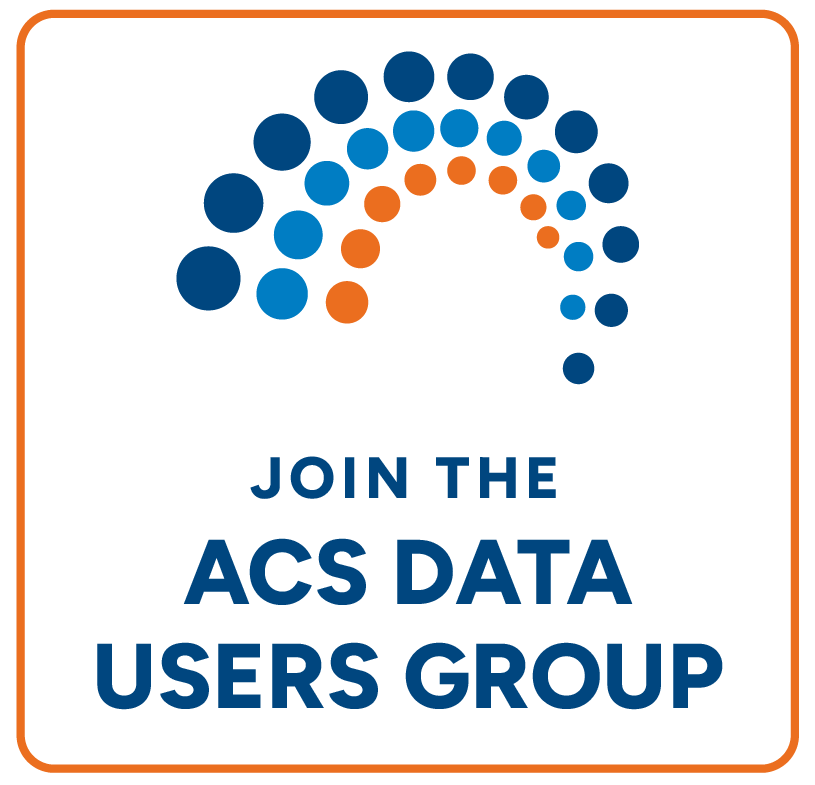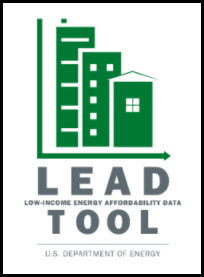
An official website of the United States government
Here’s how you know
Official websites use .gov
A .gov website belongs to an official government organization in the United States.
Secure .gov websites use HTTPS
A lock (
) or https:// means you’ve safely connected to the .gov website. Share sensitive information only on official, secure websites.
-
//
- Census.gov /
- About the ACS /
- ACS Data Stories–Stats in Action! /
- U.S. Department of Energy Uses ACS Data to Power the Low-income Energy Affordability Data (LEAD) Tool
U.S. Department of Energy Uses ACS Data to Power the Low-income Energy Affordability Data (LEAD) Tool
U.S. Department of Energy Uses ACS Data to Power the Low-income Energy Affordability Data (LEAD) Tool
Shelby DuPont (ORISE Fellow, U.S. Department of Energy)
Data Story
The U.S. Department of Energy (DOE) and the National Renewable Energy Laboratory (NREL) rely on data from the U.S. Census Bureau’s American Community Survey (ACS) to power their Low-Income Energy Affordability Data (LEAD) Tool. Low- and moderate-income households carry a disproportionate energy burden, the percentage of gross household income spent on energy cost.
The burden for those with low-to-moderate incomes, coupled with high energy costs, can force households to choose between paying their utility bills or paying for other essential items like groceries or medicine.
Stakeholders, including state and local governments, utility providers, nonprofits, and others, often lack accessible data to help inform their decision-making or provide a complete picture of their service areas. The LEAD Tool fills this data void, allowing stakeholders to create better energy strategies by improving their understanding of household energy characteristics across the United States. The Tool uses ACS data to examine household income, house heating fuel, year structure build, number of units in structure, and tenure (owner or renter).
The LEAD Tool’s easy-to-use interface can filter, customize, and compare data on the Census tract, Tribal, city, county, and state levels. By allowing users to create custom maps and graphs with these data, the Tool also visualizes the high energy costs for low- and moderate-income households. In turn, LEAD stakeholders are empowered to improve and implement programs targeted at relieving energy burden in the areas they serve. Based on ACS and LEAD Tool data, the national average energy burden for low-income households is 8.6%, which is three times higher than the average for non-low-income households. In some areas, depending on location and income, energy burden can be as high as 30%, meaning these households spend 30% of their income on energy costs.
Outcome
Over 9,000 users have accessed the LEAD Tool since its launch in summer 2019. It has proven to be a useful resource for a broad range of stakeholders to identify high energy-burden areas and inform program planning that reduces household energy costs. For example:
- The City of New Haven, Connecticut, incorporated LEAD Tool information on energy costs and usage into their climate action plan.
- The Kentucky Office of Energy Policy used the LEAD Tool to identify regions within their state affected by high energy burden, then allocated funding to four nonprofits working to reduce household energy costs in those areas.
- Appalachian Voices, an environmental organization, used the LEAD Tool to determine the impact of a North Carolina utility provider’s proposed rate increase on the low-income households in its service area.
- National Grid, a utility provider servicing Long Island, New York, used the LEAD Tool to validate internal data for its low-income energy assistance program, and to identify an additional 45,000 households eligible for the program in its service area.
ACS data are a crucial addition to the LEAD Tool, which aids stakeholders in addressing local energy affordability issues and finding effective solutions.
Locations
U.S. Department of Energy (DOE), Washington D.C.; New Haven, CT; Kentucky; North Carolina; Long Island, NY
ACS Topics Used
Tenure, year structure built, units in structure, house heating fuel, household size, household income
Share
Related Information
You May Be Interested In
 Yes
Yes
 No
NoComments or suggestions?


Top


